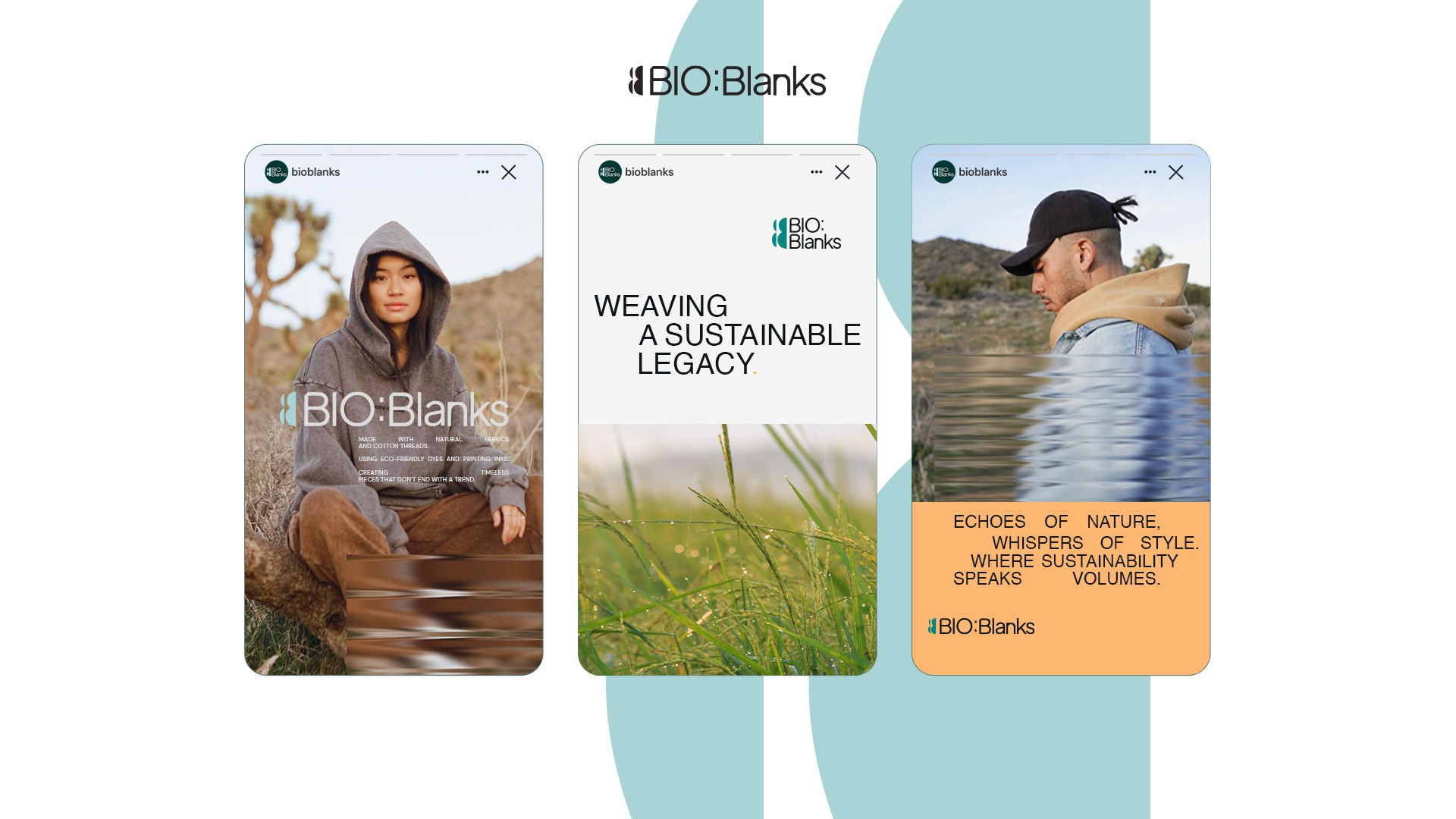UX Design Essentials: Crafting Digital Experiences That Matter
AI Generated Image
When I first stumbled into the world of UX design, I was overwhelmed by the jargon and complex theories. But as I dug deeper, I realized that at its core, UX design is about creating digital spaces that people actually enjoy using. It's not rocket science, but it does require a keen eye and a lot of empathy.
Getting Inside Users' Heads
Great UX design isn't about what we think is cool – it's about what users need and want. This means rolling up our sleeves and doing some serious research:
Talk to real users. Nothing beats a good old-fashioned conversation to understand what makes people tick.
Observe behavior. Sometimes what people say and what they do are two different things.
Analyze data. Numbers can tell powerful stories about how people interact with your product.
Prototyping: Your best friend
Before diving into full-scale development, smart designers create prototypes. These are like rough drafts of your final product. They help you:
Test ideas quickly and cheaply
Get feedback early on
Avoid costly mistakes down the line
I remember my first prototype – it was basically held together with digital duct tape. But it helped me spot major issues before they became big problems.
Information architecture: The unsung hero
Ever been to a messy store where you can't find anything? That's what poor information architecture feels like online.
AI is the skeleton of any digital product. It involves:
Organizing and structuring content logically
Creating efficient navigation systems
Ensuring users can easily find what they're looking for
Good Information Architecture is about organizing content in a way that makes sense to users. It's the invisible structure that guides people through your digital space
AI Generated Image
Conclusion
UX Design is a multifaceted discipline that requires a combination of technical skills, creativity, and empathy. By mastering these basic concepts - usability, equity, enjoyment, and usefulness - and applying them through research, prototyping, and solid information architecture, designers can create digital experiences that not only meet user needs but also delight and inspire.
Remember, good UX design is an ongoing journey of learning and improvement. Keep exploring, testing, and above all, listening to your users to create truly exceptional products.
And don't be afraid to make mistakes. Some of the best designs come from learning what doesn't work. So go ahead, experiment, and have fun shaping the digital world!



